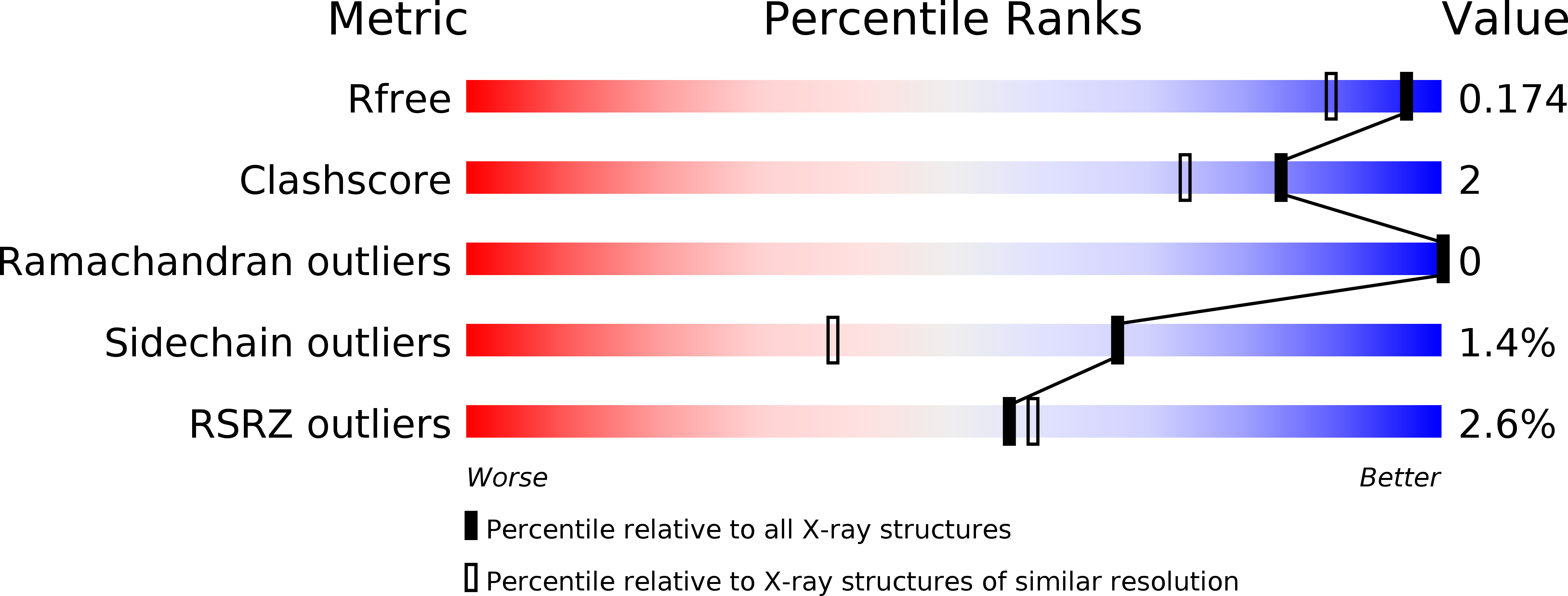
Deposition Date
2016-12-15
Release Date
2017-02-15
Last Version Date
2024-11-20
Entry Detail
PDB ID:
5U8V
Keywords:
Title:
Dihydrolipoamide dehydrogenase (LpdG) from Pseudomonas aeruginosa bound to NAD+
Biological Source:
Source Organism:
Pseudomonas aeruginosa (strain UCBPP-PA14) (Taxon ID: 208963)
Host Organism:
Method Details:
Experimental Method:
Resolution:
1.45 Å
R-Value Free:
0.17
R-Value Work:
0.15
R-Value Observed:
0.15
Space Group:
P 1 21 1


